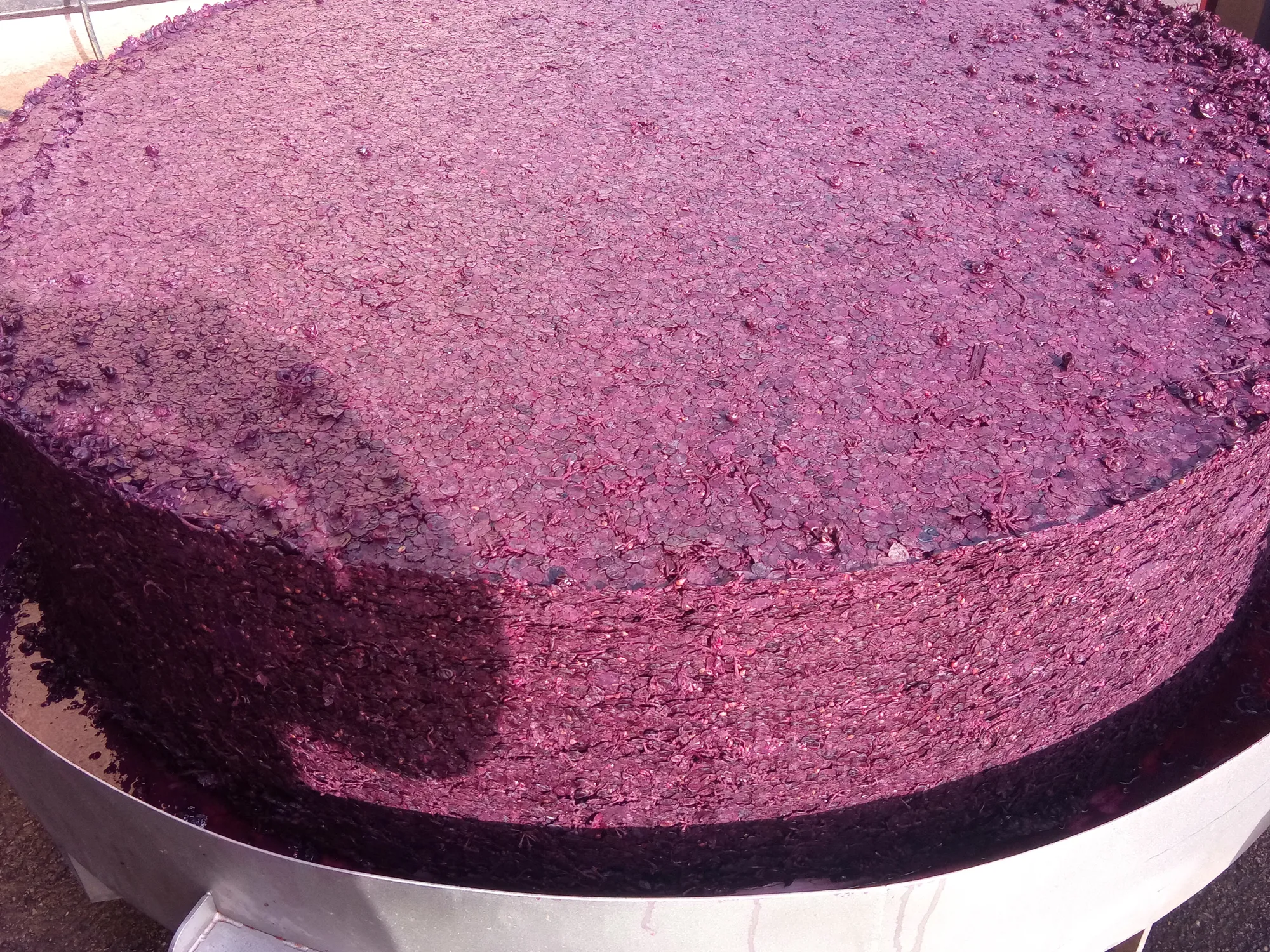What are Tannins?

Tannins are a type of bitter and astringent naturally occurring compounds that occur in grape skins, seeds, and stalks they are scientifically known as polyphenols. Polyphenols bind with protein and other molecules causing them to precipitate. When they bind with the protein in human saliva, they give the sensation of drying the mouth out and coating it with a textural component.
Tannins don’t only occur in wine; they occur in many other plants in nature where they act as a deterrent to animals to stop them from eating the fruit or seeds before they’re ripe.
For most people, tea is the most common occurrence you will come in contact with tannins, if you over-brew a cup of black tea then you should be able to notice the tannins pretty easily. They also come across in coffee, dark chocolate, rhubarb, walnuts, and cranberries – in some cases giving a very pleasant sense of bitterness and astringency.
Oak
The word tannin itself comes from the Latin word for oak bark, this was what tanners used to use to tan leather. The polyphenols in the oak bark changed the chemistry inside of the leather fibres making it harder for spoilage enzymes to break them down – helping to turn animal skins and hides into leather.
As you can see from the above tannins also come from oak. By ageing your wine in oak, as well as adding flavour you are also adding extra tannins to the wine, these tend to be fairly fine-grained, so some whites will have tannins that come from the oak rather than the grape.
They sound terrible. Are they bad for you?
Not at all – the opposite has been shown to be true, tannins are actually an antioxidant that are constantly touted as being good for you.
Tannins can give some people headaches, but if you are susceptible to them then you would also get headaches from tea, some nuts, cranberries, chocolate, and all of the other delicious foods mentioned above.
Sadly, the most common cause for headaches from wine is from the alcohol.
Some red wines have more tannins than others
Different grape varieties have different levels of tannins.
Low – Gamay, Pinot Noir, Frappato
Medium – Malbec, Merlot, Barbera, Montepulciano
High – Cabernet Sauvignon, Shiraz, Tannat, Nebbiolo.

Winemakers also play a part (a fairly major one)
Because the tannins come from the skin, stalks, and the seeds of the grape, depending on how the winemaker handles the grapes will affect how much tannin ends up in the final wine.
Red wines have more tannins than white wines, this is down to how the different types of wine are made. Although white wines can have tannins as well.
Depending on how long the juice is left in contact with the skin and the stalks will depend on the level of tannins extracted from the grapes. Because red wines are made leaving the skins in contact with the juice, they have higher levels of tannins than whites where the skins and juice are separated.
Temperature also has a major impact, more tannins are extracted at higher temperatures, so macerating the juice and the skins will extract a smaller amount of tannin, but fermenting the skins and juice together will extract more, this is because fermentation is an exothermic process, meaning it creates its own heat.
How to describe tannins?
We describe tannin based as a textural component, so the mouthfeel of the wine, rather than the flavour or aroma. Tannins also present themselves as astringent or bitter, it is important to note bitterness is a taste and astringency is a texture.
Tannins can be described by their quantity as being low, medium, or high. They can also be described based on their quality in terms of texture and maturity.
Textural descriptions of tannins will be things like silky, soft, and velvety. Or they can be coarse, grainy, and chalky.
Maturity will express itself as green, crunchy unripe fruit or as ripe, juicy, and smooth. The nature of tannins will reflect the ripeness of the fruit the wine was made from.
Time has a big impact on tannin
Over time tannins will polymerise, creating long chains, this makes the tannins taste smoother. Some of these will precipitate out as sediment. Once polymerised tannins no longer taste bitter or astringent.
This is one of the main reasons why wines with high tannin levels such as Barolo (Nebbiolo) will age particularly well and are not even released until they’ve been aged for at least 3 years. As the fresh fruit flavours change the tannins give the wine structure and help to maintain the feeling of freshness.